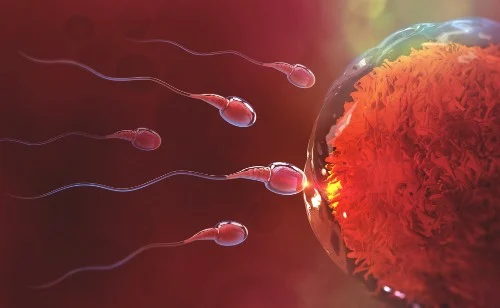In the realm of modern conveniences—like the latest food trends or the vibrant aesthetic of Lisa Frank products—America lags significantly behind when it comes to family leave policies for new parents. Dr. Samuel Martinez, a developmental and behavioral pediatrician at the University of California Medical Center and president of the National Academy of Pediatrics, shares his perspective on this pressing issue. His recommendation? The current Family and Medical Leave Act (FMLA) provision of 12 weeks should be at least doubled. “In an ideal world, I’d advocate for a minimum of six to nine months,” he told a recent interview. “By the six-month mark, parents are in a much better position to engage with their child, making childcare arrangements easier.”
The FMLA, established in 1993, allows new parents in the U.S. to take up to 12 weeks of job-protected leave for the birth or adoption of a child, but with significant caveats. To qualify, employees must have been with their employer for over a year and logged at least 1,250 hours. Additionally, the law only applies to businesses with more than 50 employees. If you navigate all these hurdles, you’ll discover that these 12 weeks are unpaid—making it nearly impossible for many families, especially single parents or those with lower incomes, to take advantage. The reality is that family leave is genuinely beneficial only when it is compensated, a fact supported by many countries that have enacted paid leave policies.
When we compare our family leave policies to those of other developed nations, the U.S. falls woefully short. While some companies like Amazon and Microsoft offer commendable parental leave packages, the overall landscape leaves much to be desired. For instance, countries like Sweden offer up to 480 days of paid parental leave, which is a stark contrast to the U.S. system.
Dr. Martinez elaborates on the inadequacy of a mere 12 weeks of leave. “The early months of a child’s life are crucial for cognitive development, with about 700 new synapses forming every second,” he explains. “The first six to nine months are critical for bonding, which shapes how parents respond to their child’s needs.”
Furthermore, extending parental leave can lead to significant health benefits for both mothers and their babies. “Research shows that longer family leave can reduce maternal depression, which is vital because such depression hinders mother-infant bonding,” he notes. “Longer leave can also promote breastfeeding, which enhances a baby’s immune system and reduces the risk of various health issues, from respiratory illnesses to obesity.”
For anyone who assumes maternity leave is just a leisurely break, it’s essential to understand the serious healing process following childbirth, whether vaginal or cesarean. Allowing parents an adequate amount of paid time off is vital for both emotional and physical well-being.
“Without paid and job-secured family leave, many parents—especially those in lower-income brackets—will simply not take the time off,” Dr. Martinez states. “They can’t afford to. But as a society, we cannot afford to neglect the nurturing of children during these formative years.”
If you’re interested in exploring more about the topic of parental leave, check out our other post on the significance of parental leave for further insights. For those considering at-home insemination options, reputable retailers like Make a Mom offer excellent at-home insemination kits. Additionally, for comprehensive information on pregnancy and related topics, visit MedlinePlus, a fantastic resource to guide you through your journey.
Summary
: Dr. Samuel Martinez emphasizes the urgent need for increased paid parental leave in the U.S., recommending a minimum of six to nine months to foster essential parent-child bonding and improve health outcomes. Current policies are inadequate, especially for low-income families. Comprehensive support for new parents is crucial for nurturing healthy development in children.

Leave a Reply